A.S. Roma on verge of its first official European trophy has this Romanista on edge of his red and yellow couch
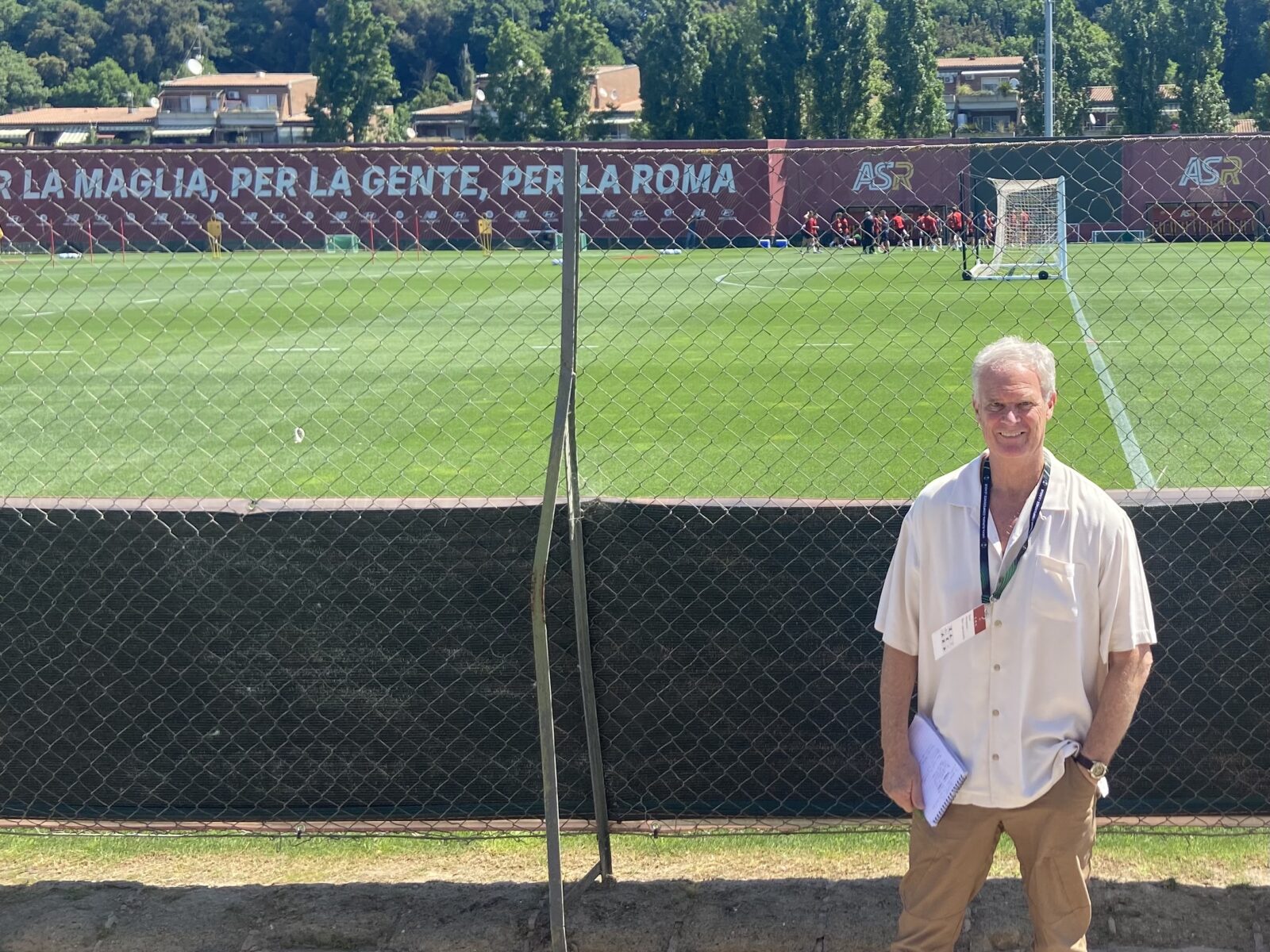
Here is the difference between being a sports writer and a sports fan. A sports writer has the free press pass and the objectivity and the inside knowledge of the team fans would give anything to have. But a sports fan has something else, something bigger.
Nerves.
I’m nervous as I write this. My stomach is broiling, bringing back haunting memories of approaching final exams and dentist appointments. I’m thinking as much about a scruffy-bearded Armenian midfielder as I am about my girlfriend.
As a sportswriter for 40 years in the U.S., the only thing I got nervous about was making last call or my opponent beating me on a story. I approached games as the easiest part of my job. I covered baseball for five years. I went to about 160 games a year. I don’t remember being nervous for a single one.
But retired in Rome, I can relate to the tens of millions of sports fans whose days and moods revolve around their team. My love for A.S. Roma has given me a fan’s passion for the first time since I rooted for my hometown University of Oregon Ducks as a child.

I have traded green and yellow for red and yellow. My apartment is an A.S. Roma shrine. Everything from my pot holders to my davenport pillows have the Roma logo. I am writing this wearing an AS Roma bandana and A.S. Roma watch.
A.S. Roma vs. Feyenoord
The nerves will climb into my throat and course through my veins Wednesday night when Roma plays in one of its biggest games in its 95-year history. Roma meets Feyenoord from Rotterdam, Netherlands, for the inaugural Conference League championship.
OK, the Conference League is the third level of European club tournaments. It’s Europe’s equivalent of the College Basketball Invitational, which collects all the middling schools, mostly with directions and hyphens in their name, not picked by the NCAA Tournament and NIT.

The Conference League, placed under the Champions League and Europa League, takes the seventh-place teams from Europe’s four major soccer nations and other clubs you can barely pronounce. Shut up, Lazio fans. We’ll take it. Why? We haven’t won a trophy of any kind since the 2008 Italian Cup.
But more importantly, in Roma’s 95-year history, it has never won a European tournament – officially.
In the 1960-61 season, it won something called the Inter-Cities Fairs Cup, the forerunner of the UEFA Cup which became the Europa League. UEFA, the governing body of European soccer, didn’t organize the Fairs Cup and, thus, it’s not recognized as an official European title.
Besides, when Roma won it, I was 5.
Wednesday’s game is Roma’s biggest since 2001 when it had to beat Parma on the last day to win its third (and last) Serie A title, launching a citywide celebration that lasted a week. It lost in the finals of the 1983-84 European Cup (later renamed Champions League) and the 1990-91 UEFA Cup.
Inaugural Conference League
However, no one in Europe, let alone Lazio fans, should scoff at this tournament. It has become wildly popular. Games sold out all over Europe in non-traditional soccer power spots such as Prague and Athens, Eindhoven, Holland, and Bodo, Norway.
Roma sold out 63,000-seat Olympic Stadium in its semifinal win over Leicester City, a win that moved grizzled manager Jose Mourinho to tears.
If UEFA had known it unleashed such a fun new toy on this soccer-mad continent, maybe it wouldn’t have scheduled the final in Tirana, Albania, and its tiny 21,690-seat Arena Kombetare. It’s only three years old and Armand Duka, head of the Albanian Football Association, called it a “fine jewel” to Rome-based Corriere dello Sport.
But each team’s fans received only 4,000 tickets. On the first day of ticket availability online, the phone calls crashed UEFA’s website.
Despite costs that lifted price gouging onto the level of public sodomy – 800 euros for a round-trip flight of 75 minutes one way from Rome (four hours from Amsterdam) and 400 euros for a hotel room – an expected 100,000 fans from both teams are expected in Albania’s capital.
“Even if we were playing in a stadium of 50,000 or 60,000 it would still be too small,” Mourinho said. “If we were playing this game at (Real Madrid’s) Santiago Bernabeu it would be sold out.”
Media Day
Mourinho was speaking Wednesday from a podium during a media day UEFA required both clubs to do. Mourinho wasn’t happy about it. I was. It gave me the opportunity to get behind the walls of Roma’s training center for the first time.
Roma’s PR man, Gianni Castaldi, was kind enough to invite me so I dusted the cobwebs and a couple of BBQ stains off my old sportswriter’s hat and joined my fellow ink-stained wretches.
Roma’s training center is about as far as possible from the glories of the Eternal City and still carry a Rome address. The Fulvio Bernardini Training Center is in the neighborhood of Trigoria, a leafy, mostly residential neighborhood on the far south end of the city. It’s 21 kilometers (13 miles) from the Colosseum and 32 kilometers (19 miles) from Olympic Stadium.
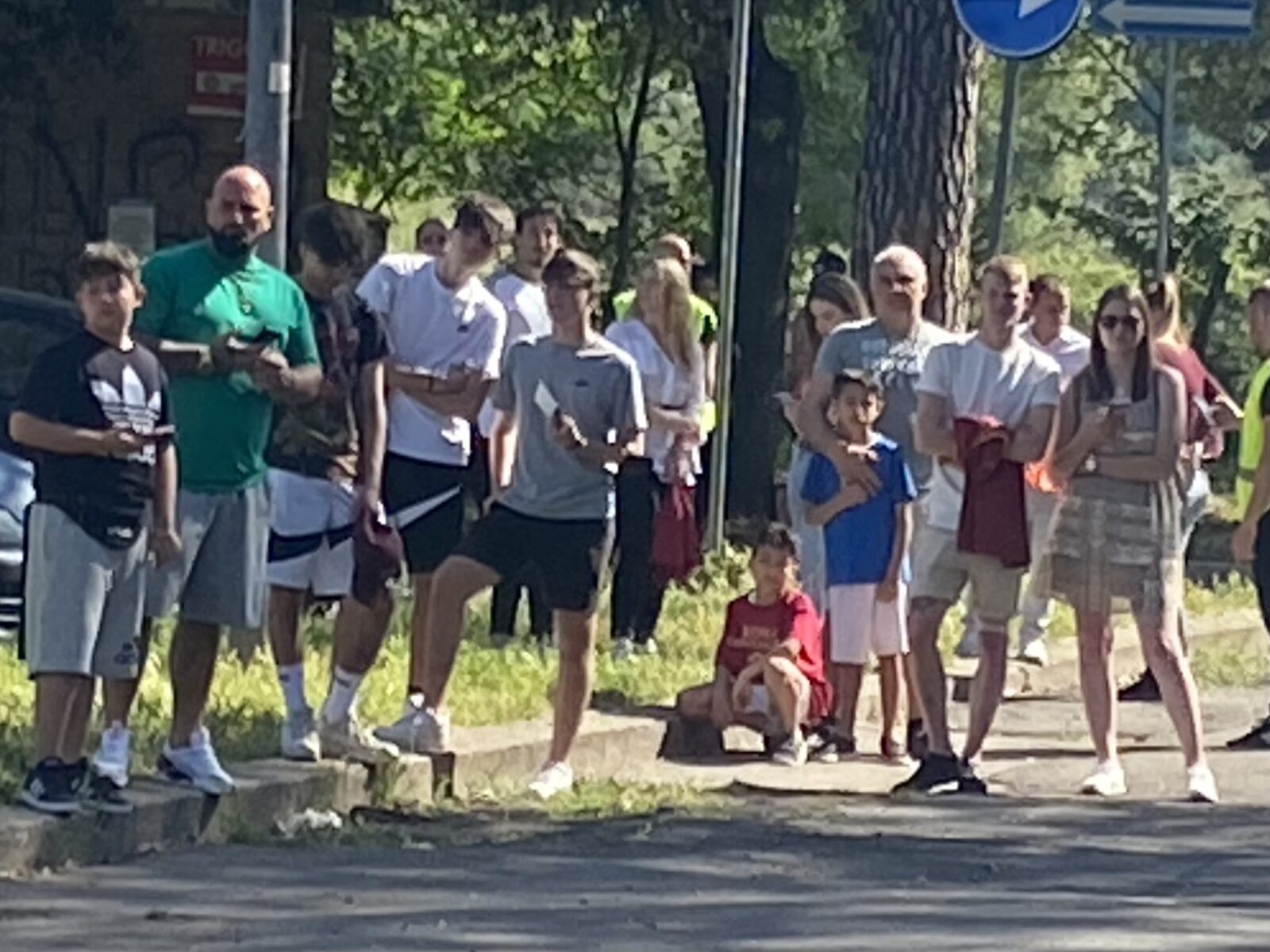
It took me 90 minutes to reach by public transportation from my home near the center of Rome. The distance did not stop two large pods of fans from waiting outside the gates for players’ autographs. I strolled past like it was just another day at work. Instead, as a Roma fan, it was like walking into the Colosseum for the first time.
Trigoria
Roma has used the complex, better known as simply Trigoria, since 1979. It’s had three renovations, the last three years ago, and now covers 484,000 square feet. It has four full-sized and two small fields, a 1,000-seat stadium for its developmental team called Primavera, an 18-meter swimming pool, tennis courts, sauna, restaurant and offices.
It served as Argentina’s base during the 1990 World Cup in Italy.
It’s more functional than fancy. I was fairly underwhelmed. Although I never entered the locker rooms, many major college football programs have much nicer facilities.
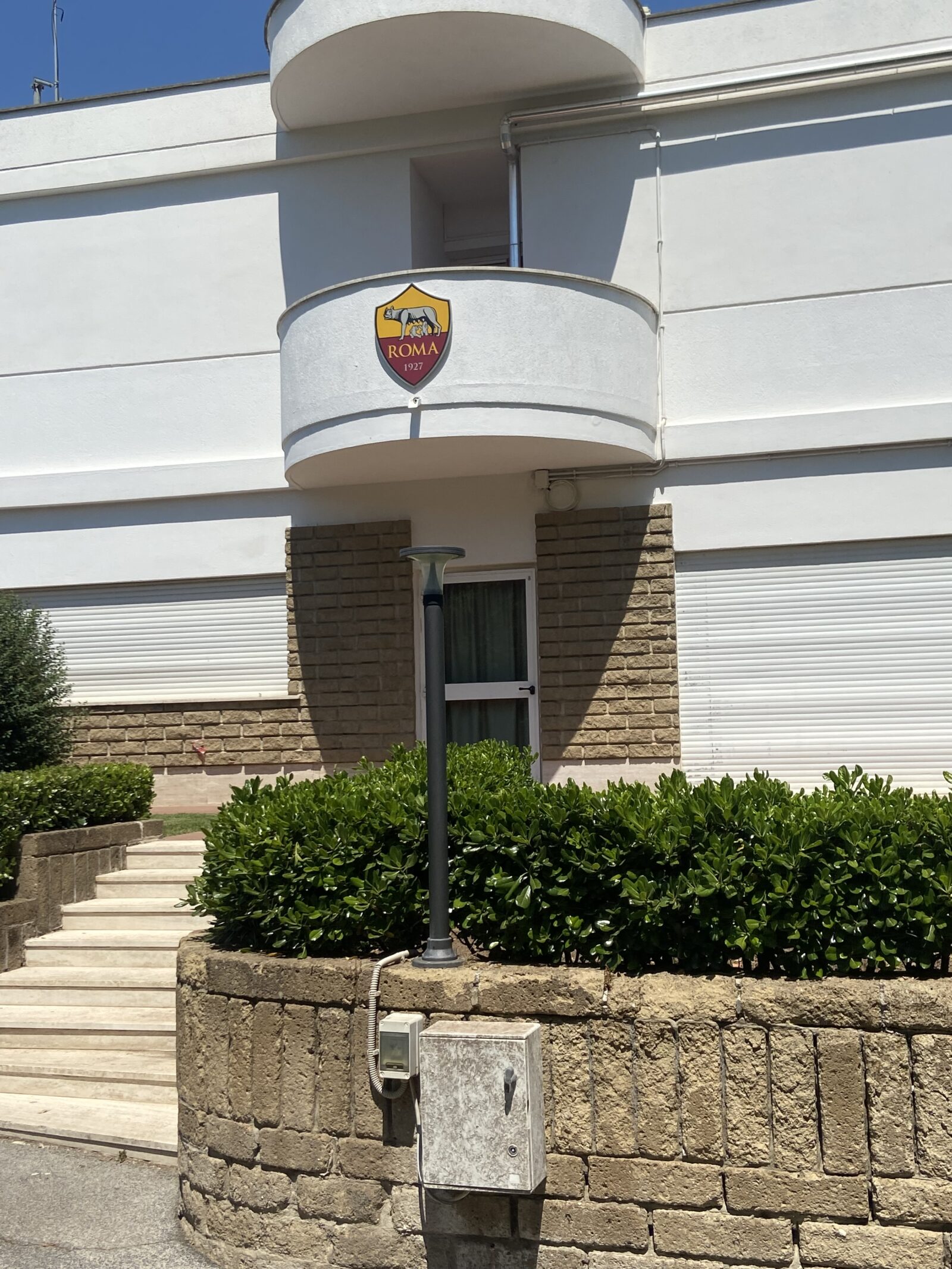
About 50 journalists gathered in the tiny stands of a practice field where we stood in 82-degree weather and waited for the players to begin training. It reminded me of the theme of a sportswriter’s life in the U.S: Hurry up and wait.
However, I got to meet two of my favorite writers. Guido D’Ubaldo and Roberto Maida of Corriere dello Sport somehow manage to write about three to four stories a day each, nearly every day all year round. They do it, amazingly, with hardly any quotes. Player accessibility in Italian soccer is akin to the pope’s yet these two manage to crank out copy that fills five to seven pages a day.
By reading Corriere, I firmly believe U’Baldo and Maida have no lives. No American sportswriter could match their output, including me. Meeting them was like a fan meeting the players.
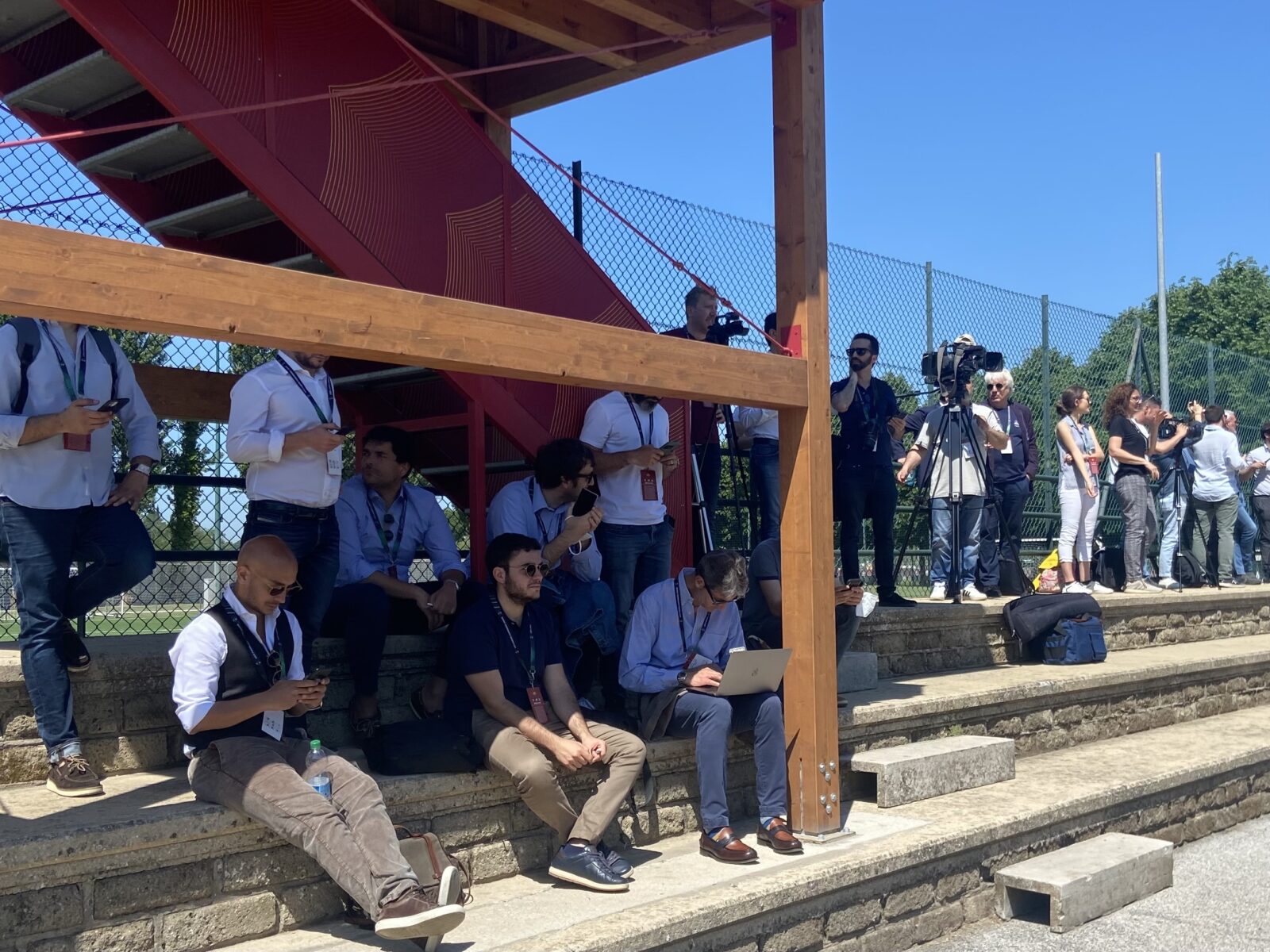
Those players eventually filed onto the field, a picturesque setting surrounded by tall trees and homes with handy balconies overlooking the pitch. The “practice,” held in front of the media for the first time all season, consisted of loosening up the legs and a short scrimmage. The whole exercise left Mourinho grumbling more than usual.
“I could not hold a proper training session because it was open to you guys,” he said. “I sat on the bench all the time without doing any tactical work or anything specific. It was a fake training.”
Mourinho won over Rome
Mourinho can get away with minor whining. Roma made headlines around the world last summer when they landed “The Special One” who won the Champions League with Porto and Inter Milan and domestic titles in four countries. He has reached near sainthood here. Fans still feel blessed he graces our city with his presence.
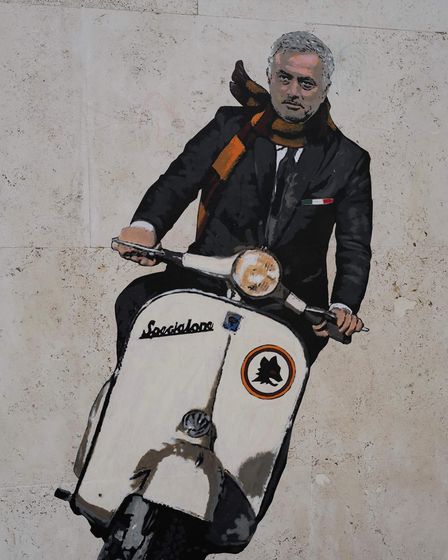
And they’ve repaid him. Before he first unpacked a suitcase, an artist drew a painting of him riding a Vespa with a Roma scarf and placed it in my old Testaccio neighborhood where the team was first organized in 1927. Then in the Monti neighborhood, a long corner kick from the Colosseum, an artist painted him in a cardinal’s robe with a red and yellow background with the words “San Jose (Saint Jose).”
Francesco Totti, the greatest player in Roma history who retired five years ago, said Monday he’d play for Mourinho next season. Totti was kidding – sort of.
I think Mourinho is terrific. He kept us in contention for European competitions, has more of an attacking style than most of his Serie A counterparts and is brutally honest with his player praise and criticism.
“I am not egocentric,” he said Wednesday. “I am a man of the group. So I want to win for them. I want to help them to do it. I would really like that.”
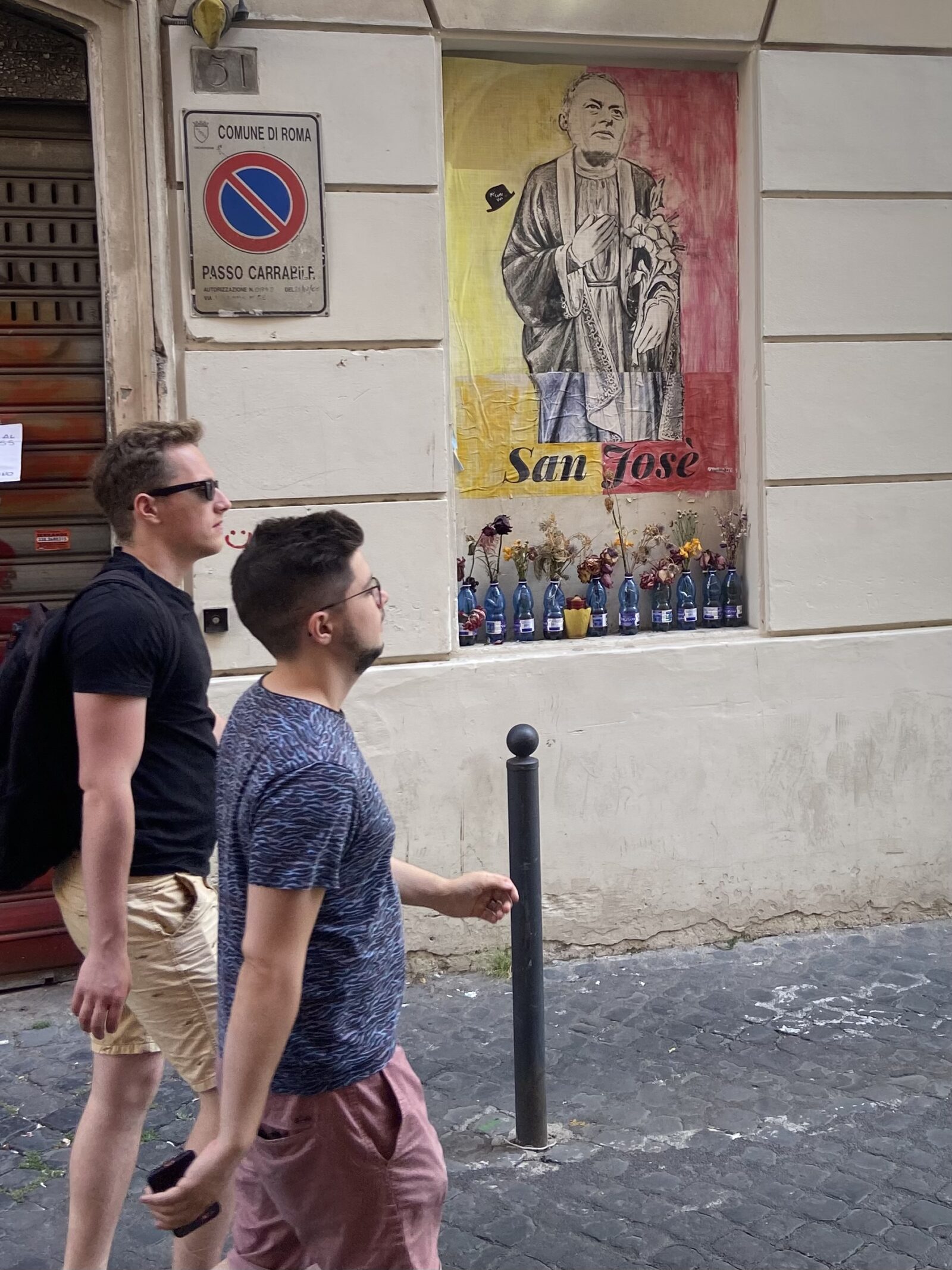
But he had another reason to worry. The season was balancing on the brink of collapse. Before the title game Wednesday, Roma had one last Serie A game at Torino. Roma stood in sixth place by one point over Fiorentina and Atalanta. The fifth and sixth-place teams qualify for next season’s more-lucrative Europa League. Seventh goes to the Conference League.
Roma had to win on the road Friday to preserve next season then play one of its biggest games in history five days later. Serie A actually gave it a break by moving the Torino game back from its original Sunday schedule.
“We have tried to do everything, with (sporting director) Tiago Pinto, to ensure that no player has any logistical worries,” Mourinho said. “But it is bigger than that. It’s something that you can feel outside the place. When you go to a restaurant or a supermarket, no one is talking about Torino. Torino doesn’t exist.”
Meanwhile, Feyenoord finished its season in Holland’s Eredivisie league May 15, placing third, and has been training, resting and healing for four days in Portugal.
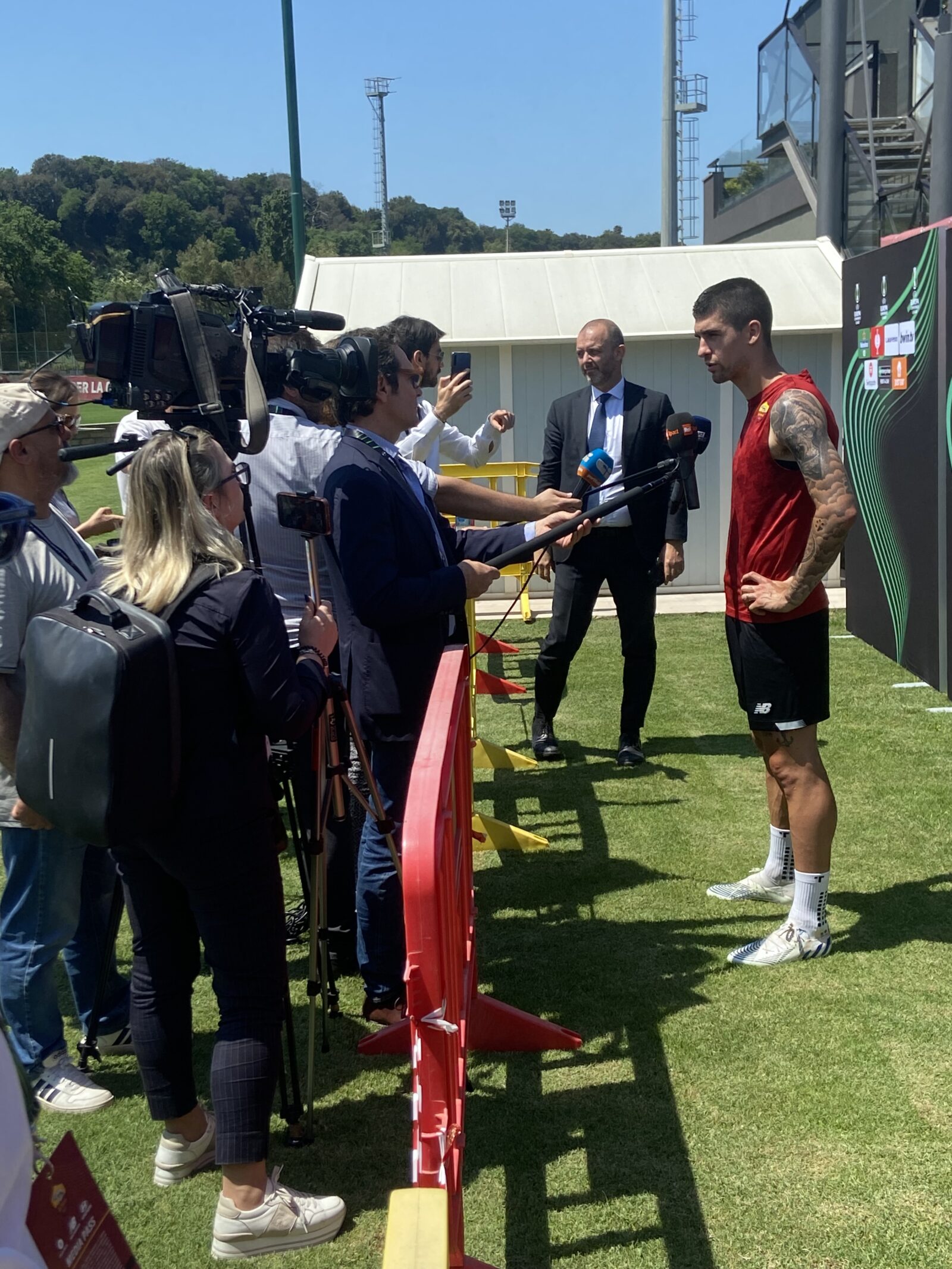
After practice, we were all herded to a grassy expanse where players moved from station to station answering questions. I listened to smiling Leonardo Spinazzola, considered the best player in last summer’s European Championships group stage, talking about finally coming back from the Achilles injury he suffered in the European quarterfinals.
Defender Gianluca Mancini talked about how it’s tougher mentally than physically to play two such important games back to back. Meanwhile, I had as much difficulty deciphering his body of tattoos (Is that a monster in a sky of clouds?) than I did his Italian.
Roma clinches Europa League
Back in my flat Friday, I watched Roma take care of business in Torino. Tammy Abraham, Pinto’s great off-season find from Manchester United, scored twice in a 3-0 win over a mid-table Torino team that had nothing to play for. It upped Abraham’s season total to 27 goals in all competitions and great momentum going into Wednesday.

We’re also healing. Nicolo Zaniolo (muscle fatigue) played some against Torino and Chris Smalling (undisclosed minor injury), our best defender, is expected to play. Now all we need is Henrikh Mkyhitaryan, Roma’s stupendous midfielder from Armenia, to recover from his injured hamstring.
He and Smalling both won the Europa League with Mourinho in 2017. But this seems larger.
“Since I arrived, (three years ago) the people asked me to win something after such a long time,” Smalling told Roma’s TV channel. “If you walk in the city, if you enter businesses, everyone is excited and anxious. I can only imagine what it could mean to return to Rome with a trophy. The celebration would be crazy.”
Roma should also be the crowd favorite. Reserve defender Marash Kumbulla, 22, is an Italian-born Albanian who plays for Albania’s improving national team. Much of Albania is fluent in Italian from decades of watching Italy’s Rai TV channels from across the Adriatic. Chants of “FORZA ROMA! (GO ROMA!)” are being heard around the nation’s capital.
Fabrizio Bucci, Italy’s ambassador to Albania, calls the country the “21st region of Italy.”
Feyenoord is explosive
Feyenoord,which finished with 22 wins, 5 ties and 7 losses, is an offensive machine. It averaged 2.1 goals a game (Roma averages 1.5) with three players scoring in double figures (Roma has only Abraham) in the Eredivisie, led by Guus Til’s 15. Also, Belgian Cyriel Dessers has already scored 10 goals in the Conference League.
Feyenoord’s biggest personnel decision is at goalkeeper where starter Justin Bijlow (foot) hasn’t played since March, meaning Ofir Marciano, the 32-year-old goalie for Israel’s national team, will likely start again.
The Dutch city is getting ahead of itself, too. The mayor just announced that if Feyenoord wins, he will allow fans to jump into the fountain in Hofplein, Rotterdam’s main square. These are the same swine who came to Rome in 2015 and badly damaged the famed Barcaccia boat fountain in front of the Spanish Steps before their Europa League match with Roma.
I’ll be in front of the TV, decked in red and yellow, pizza and wine in hand. May the Rotterdam fountain go without a splash; may my fellow Romanisti sing long into the Albanian night.
FORZA ROMA!


May 24, 2022 @ 6:17 pm
What a great piece !! Interesting on so many levels. For example, never knew that Albania was tied to Italy in any cultural way.
Am an American (Washington, DC), who roots for DC United, another used-to-be-good team, which plays in MLS (Major League Soccer). As for European teams, I am a Spurs fan (Tottenham — yes, I fall for hopeless causes).
Was last in Rome in 2016 with my wife. We are now taking Italian language classes in the evening at the Italian cultural center in DC — so we hope to make a return visit someday.
Would not be disappointed if more calcio posts started appearing in your blog.
Forza Roma!
May 25, 2022 @ 12:46 pm
FORZA ROMA.
May 26, 2022 @ 7:36 pm
So, you did it!
Congratz!!
May 28, 2022 @ 2:34 pm
27 Aug 2018 A magical holiday night in Rome.
Roma 3-3 Atalanta | Roma Pull Off Stunning Comeback In 6-Goal Thriller | Serie A
https://youtu.be/JKXditnRNmY